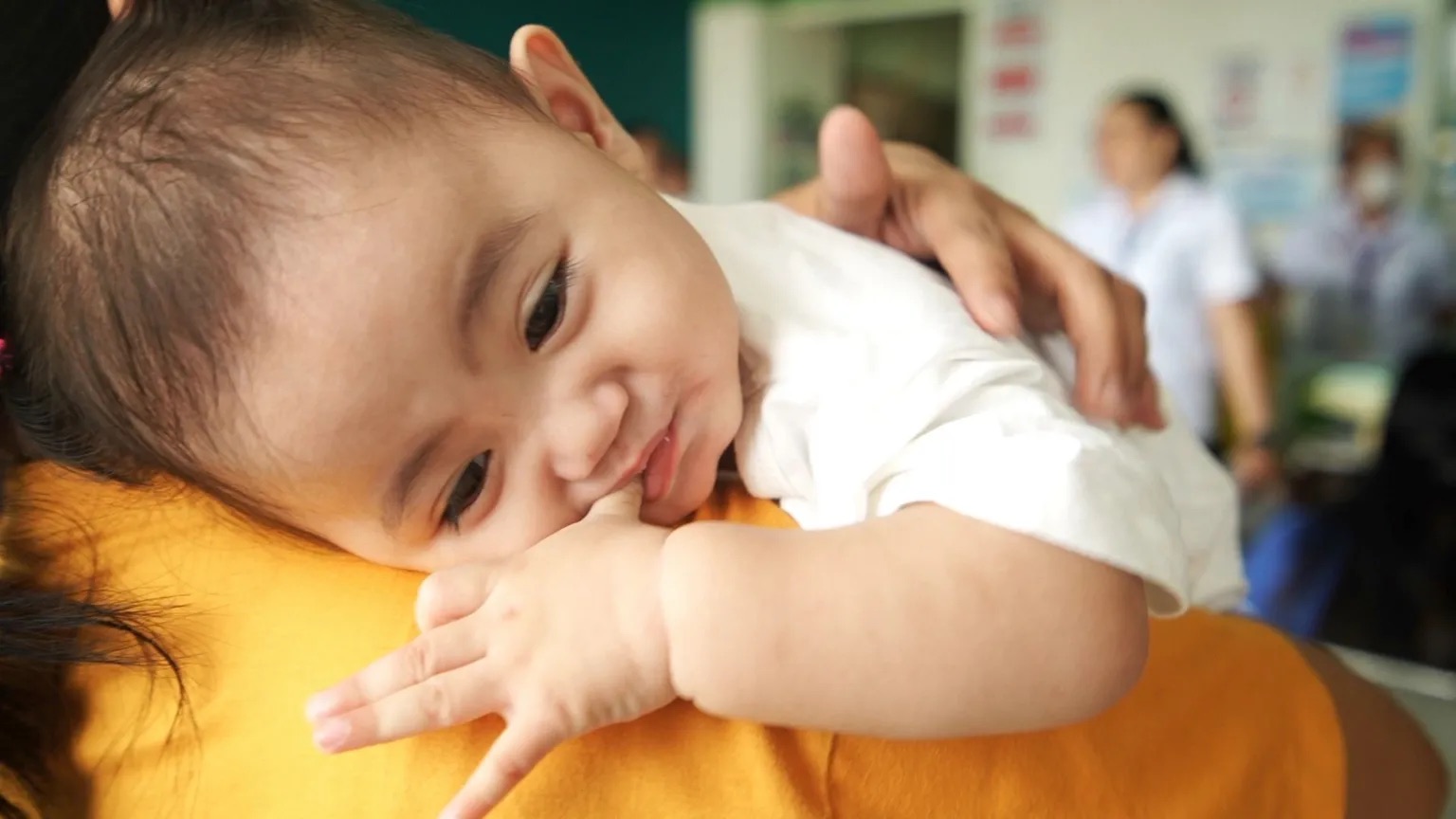
Jennylyn M Barrios’ job as a make-up artist takes her all over Manila – precious time away from Uno, her 10-month-old son.
There simply isn’t enough time in the day to make the homemade meals her growing baby needs. But in rapidly developing Philippines, there are increasingly options for busy, working mums like her.
“If I need to make something from scratch, I need to work double time before I finish the product,” she explains.
“But for Cerelac, I just need to add hot water and prepare the mix. I feed it three times a day – for breakfast, lunch, and then for dinner. It’s easy to feed, available, affordable – all great for working mums.”
Jennylyn is one of many mums increasingly turning to commercially available baby food products in recent years: sales of instant cereals, porridges, pureed foods, pouches and snacks across South East Asia have doubled in five years.
Cerelac – an instant porridge mix – is Nestle’s biggest seller here, offering not only convenience but aspiration as well, all for an affordable price, a key consideration with a rise in cost of living.
A quick search on social media shows a slew of aspirational mums with their smiling infants extolling its virtues – including offering some of the crucial nutrients growing children need.
But while the product will be instantly recognisable to parents across the world, the ingredients here may not be.
Because, along with the benefits of added micronutrients Cerelac offers parents in the Philippines and the UK, some flavours in the South East Asian nation offer something else: added sugar.
And that, in a country where parents are increasingly turning from traditional diets to convenience foods, has health professionals worried.
In the Philippines, Nestle says it follows a set of standards and guidelines from the Codex Commission – a collective established by the Food and Agriculture Organization (FAO) and World Health Organization (WHO) consisting of food manufacturers, governments and UN agencies.
“The added sugar we have in our products are all well below the threshold prescribed by international and local guidelines who always follow the FDA, who follows Codex, and these are the experts in this field,” said Arlene Tan-Bantoto, Nestlé Nutrition business executive officer.
But WHO has called the current standards inadequate and recommends they be updated with a particular focus on avoiding sugar and salt in any food for children under three.
Yet a Unicef study of 1,600 baby foods across South East Asia found nearly half included added sugars and sweeteners.
There is, says Ms Tan-Bantoto, a simple explanation for why it is needed in Cerelac in particular: to disguise the taste of crucial nutrients like iron, which has a metallic taste, and the brain nutrient, DHA, which smells like fish.
“Micronutrient deficiency is widespread in the country and we are serious in our efforts in alleviating it,” said Ms Tan-Bantoto.
“Ninety-seven percent of babies do not meet their daily nutrient requirement, 40% of babies, zero to five, suffer from iron deficiency anaemia. And we know that to be anaemic has lifelong consequences. For instance, brain development and next poor immunity and 20% of kids zero to five are stunted. That means we fortify our products.”

















